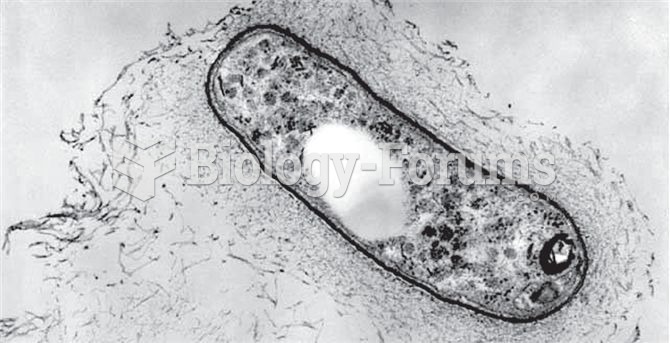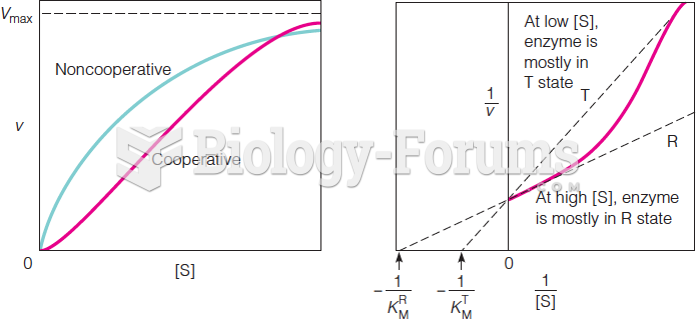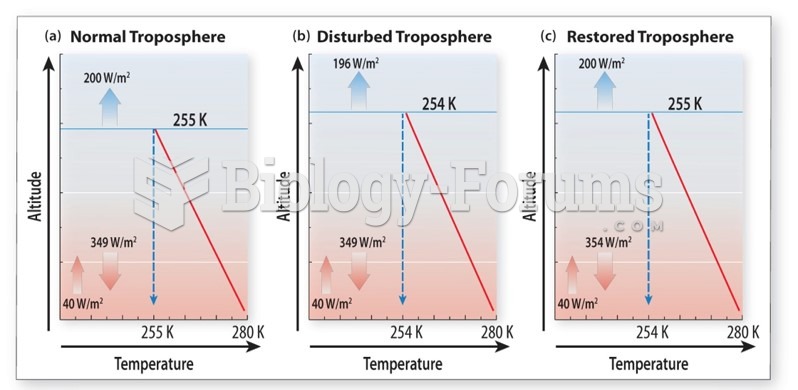Answer to Question 1
ANSWER: The atmospheric greenhouse effect is defined as the absorption of infrared radiation from Earth by water vapor, CO2, and other greenhouse gases. As these gases absorb infrared radiation emitted from Earth's surface, they gain kinetic energy (the energy of motion). Gas molecules share this energy by colliding with neighboring air molecules, such as oxygen and nitrogen (both of which are poor absorbers of infrared energy). Collisions increase the average kinetic energy of the air resulting in an increase in air temperature.
Clouds can enhance the atmospheric greenhouse effect. Tiny liquid cloud droplets are selective absorbers in that they are good absorbers of infrared radiation but poor absorbers of visible solar radiation. Clouds even absorb wavelengths between 8 and 11 m, which are otherwise passed up by water vapor and CO2. Thus, they have the effect of enhancing the atmospheric greenhouse effect by closing the atmospheric window.
Answer to Question 2
ANSWER: The main methods of transporting heat in the atmosphere are conduction, convection, and radiation.
Conduction is heat transferred from a warmer region to colder region. Air is a very poor heat conductor, thus, in calm weather hot ground actually only warms a shallow layer of air a few centimeters thick.
Convection is the transfer of heat by the mass movement of a fluid (such as water and air). Because liquids and gases are able to move freely, heat transfer occurs. Convection occurs naturally in the atmosphere. On a warm, sunny day certain areas of Earth's surface absorb more heat from the sun than others. As a result, the air near Earth's surface is heated somewhat unevenly. Air molecules adjacent to these hot surfaces bounce against them, thereby gaining some extra energy by conduction. The heated air expands and becomes less dense than the surrounding cooler air. The expanded warm air is buoyed upward and rises. In this manner, large bubbles of warm air rise and transfer heat energy upward. Cooler, heavier air flows toward the surface to replace the rising air. This cooler air becomes heated and rises, and the cycle is repeated. In meteorology, the vertical exchange of heat is called convection, and rising air bubbles are known as thermals.
Radiant energy is the energy Earth receives from the Sun. Radiation travels in the form of waves that release energy when they are absorbed by objects. Because these waves have magnetic and electrical properties, they are called electromagnetic waves. Electromagnetic waves do not need molecules to propagate them, but can move through a vacuum.







